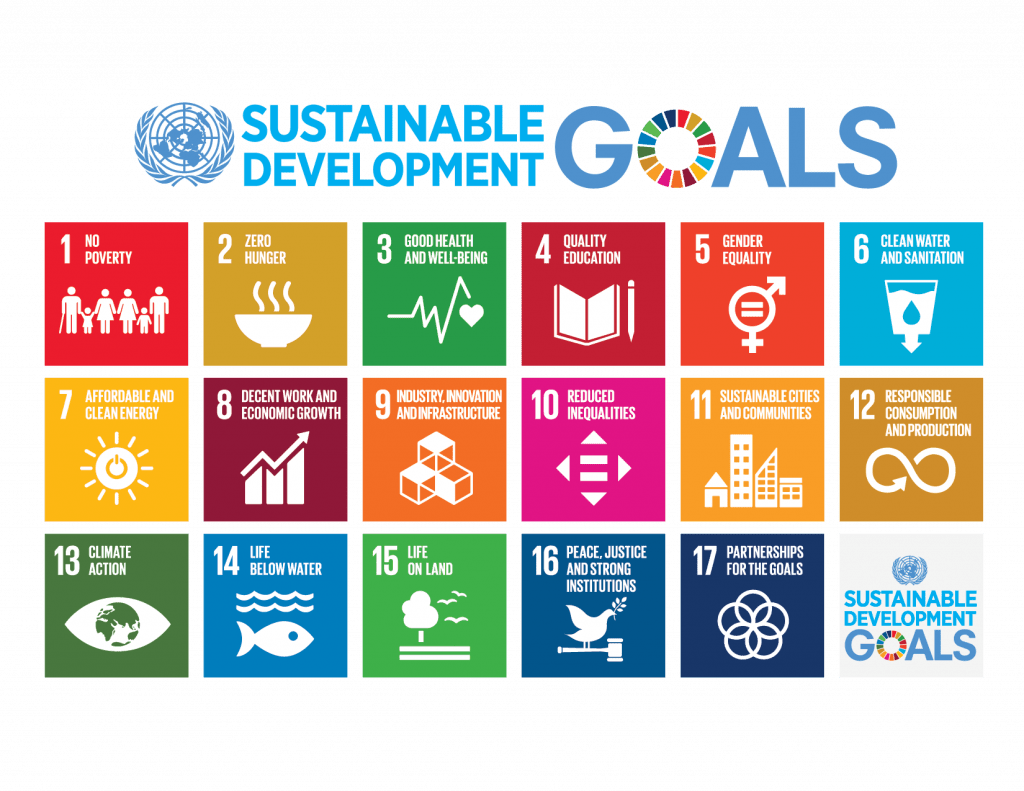
The last couple of years I wanted to somehow connect the United Nations’ Sustainable Development Goals to the work we do in STEAM by Design. We did not have much time to do a “unit” on the SDGs so I decided to use it as a theme for our work. We have watched the #FridaysForFuture protests by young people, discussed how each of us are trying to help, and thought about how our school could adopt a more sustainable intention as we build out our new campus over the next five or more years. Our school is being lead by a team of fifth graders and a teacher to get our recycling program upgraded as we still have too many items not recycled or what we do recycle is contaminated by the actions of a few who choose not to be mindful about where and how they recycle. I believe the planet is facing extinction for future generations if we do not adjust and get serious about the Climate Crises. In celebration of my twentieth year of teaching at our school, I was provided a copy of The Uninhabitable Earth by David Wallace-Wells which is a tragic tail of how we are leaving a planet that our children’s children will not be able to inhabit. So in keeping with the mantra so many schools now deploy regarding student safety, “If you see something, say something.” or as Maya Angelou said “Do the best you can until you know better. Then when you know better, do better.” I knew I had to do better.
That is why the theme for STEAM is connected to the SDGs. Not all of what we do may connect easily or perhaps at all, I know if we look the connections are there but are hiding in plain site. We just started our first sort of mandatory project which is the magnetic marble run where students must create a design that will allow a marble to pass through it and land on the next design that is done by someone else. I give them a few measurements but also tell them, that they might need other information to be successful. I added to the requirements that the design must connect to one of the seventeen Sustainable Development Goals. Below are the first prototypes created by 3 of the 10 students in the F section of STEAM by Design. Their designs are based on the SDGs although not sure how well the marble will pass through it, I am impressed at how they are incorporating them in their designs. We decided not to list the number of the goal as we felt the design should make it obvious. Students also choose whatever goal they want.


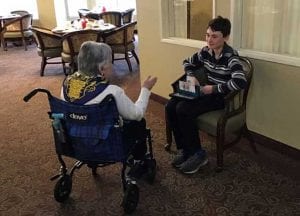


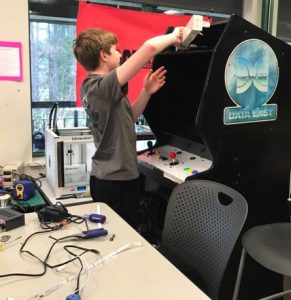
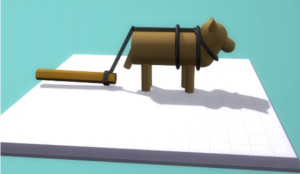

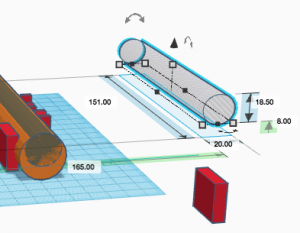
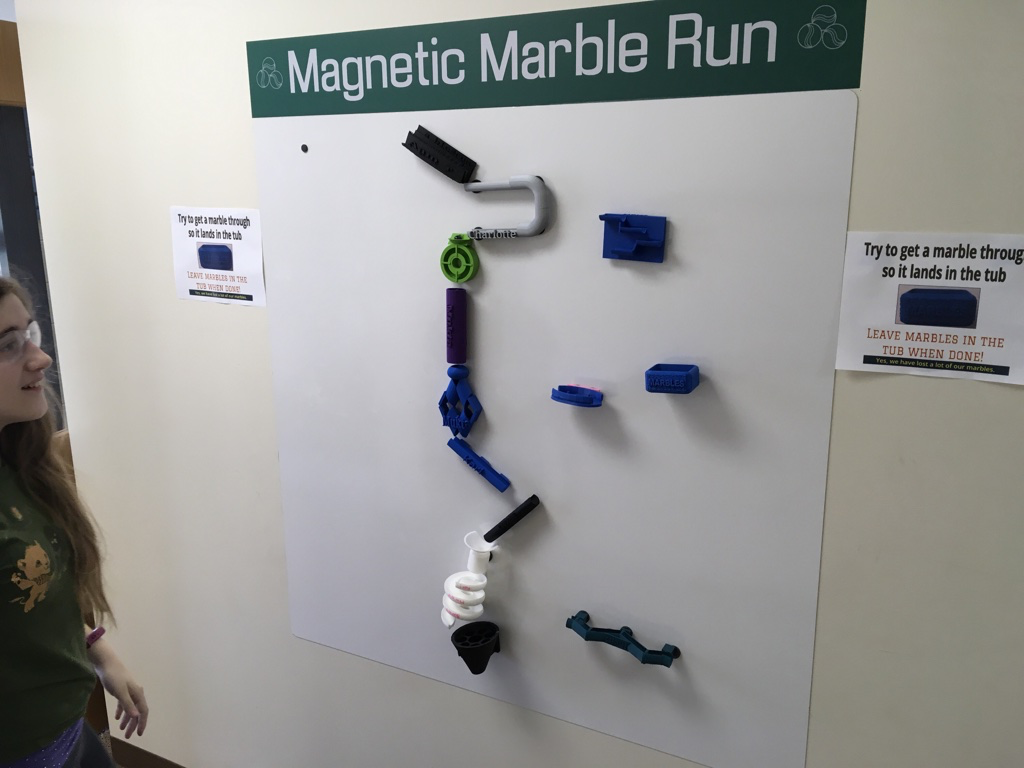


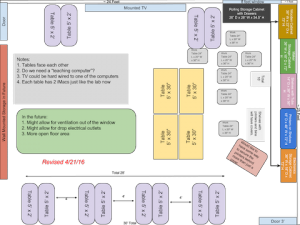

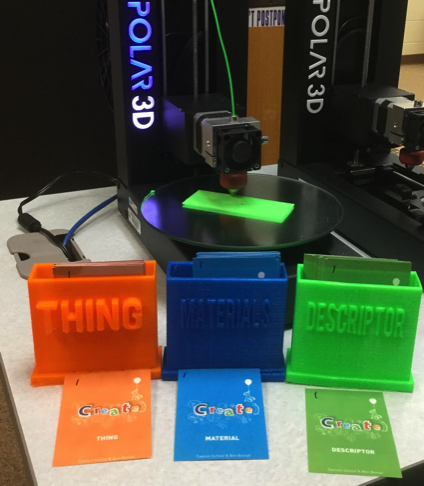 Making Maker Cards from Leigh Northrup
Making Maker Cards from Leigh Northrup